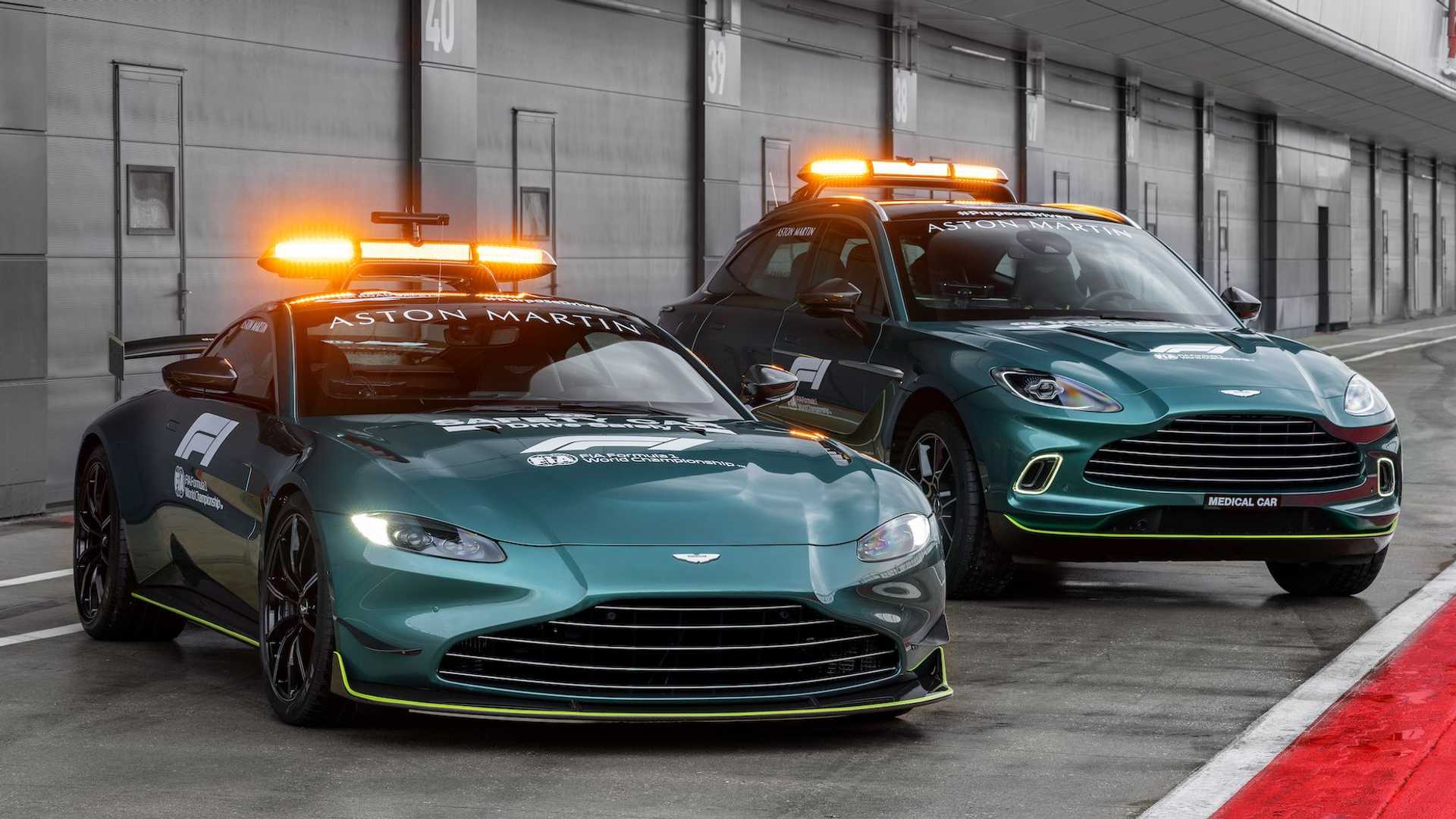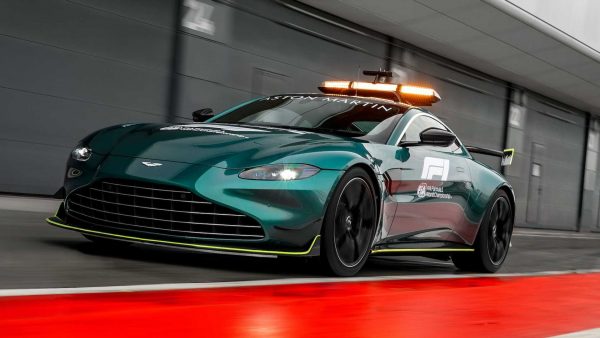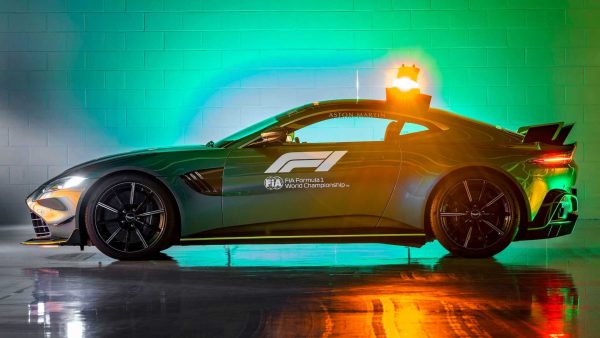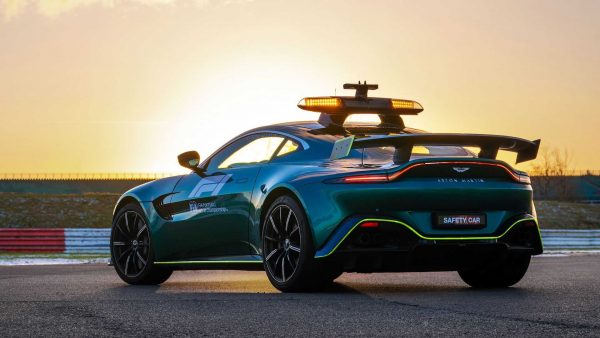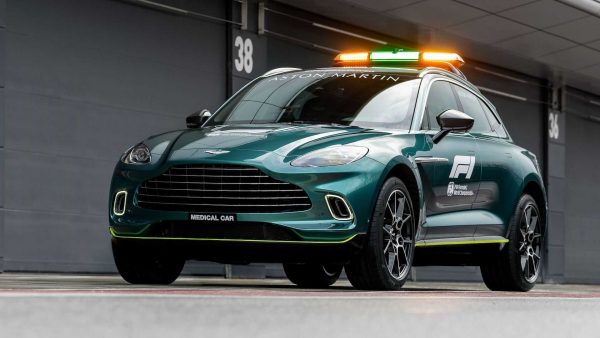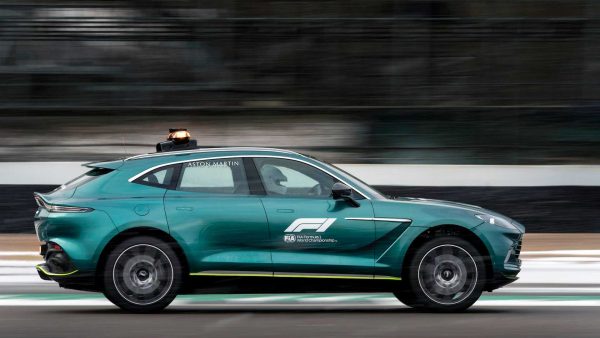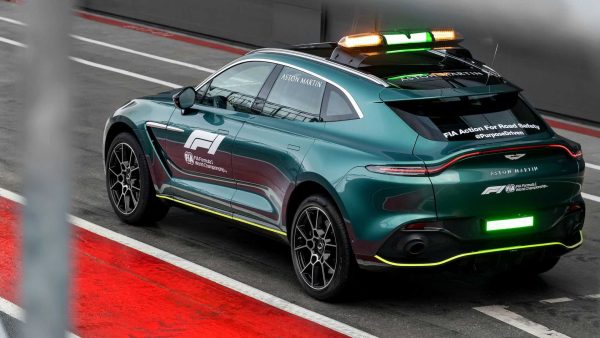The Gaydon-based automaker will be providing safety and medical cars for the 2021 season alongside long-time supplier Mercedes-Benz
It’s been 61 long years since Aston Martin last raced at Formula 1. The British luxury brand is not only returning as a works team but also a safety and medical car supplier for the 2021 season.

Undertaking the task of limiting the speed of the pack when the track is under caution conditions is the Aston Martin Vantage, while the automaker’s first SUV, the DBX, will be carrying medical personnel and equipment in the event of an accident.
Both cars will be sporting the Racing Green colour scheme, which was first seen on the recently launched Aston Martin Cognizant Formula One Team race cars. Needless to say both are also powered by Mercedes-AMG’s 4.0-litre biturbo V8 mill.
Speaking of Mercedes, the AMG GT R safety car and Mercedes-AMG C 63 S Estate medical car will be fielded alternately throughout the season. Mercedes-Benz has been the sole supplier of Formula 1 safety and medical cars since 1996.
To ensure the Vantage is up to the task, Aston Martin has dialled up the engine to 535 PS, which is an increase of 25 PS over the standard version. Tork remains at 685 Nm but additional work on the transmission allows it to be sustained for longer.
The aerodynamics of the sports car have also been reworked, resulting in a downforce of 155.6 kg at 200 km/h, 60 kg more more than what the standard Vantage is able to produce at the same speed. Other modifications include the suspension, steering and dampers. Additionally, there are also underbody bracing that increases front structural stiffness.
Meanwhile, the DBX boasts 550 PS and 700 Nm of torque, allowing it to complete the century sprint time in 4.5 seconds and reach a top speed of 291 km/h. With 632 litres of boot space, the high-performance SUV is able to carry a substantial amount of equipment including a large medical bag, a defibrillator, two fire extinguishers and a burn kit.
Inside, the central rear seat has been removed, in case an incident requires a racing driver to be driven back to the pit lane. There are two dash-mounted screens that provide live race footage, plus an additional screen that gives access to live biometric data delivered via technology in the drivers’ gloves. The technology provides critical information on their condition in the event of an accident.
Both cars will be making their debut at the three-day pre-season test at Bahrain on 12-14 March. The pair will also be at the opening round of the Formula 1, which will be held at the same venue two weeks later.

